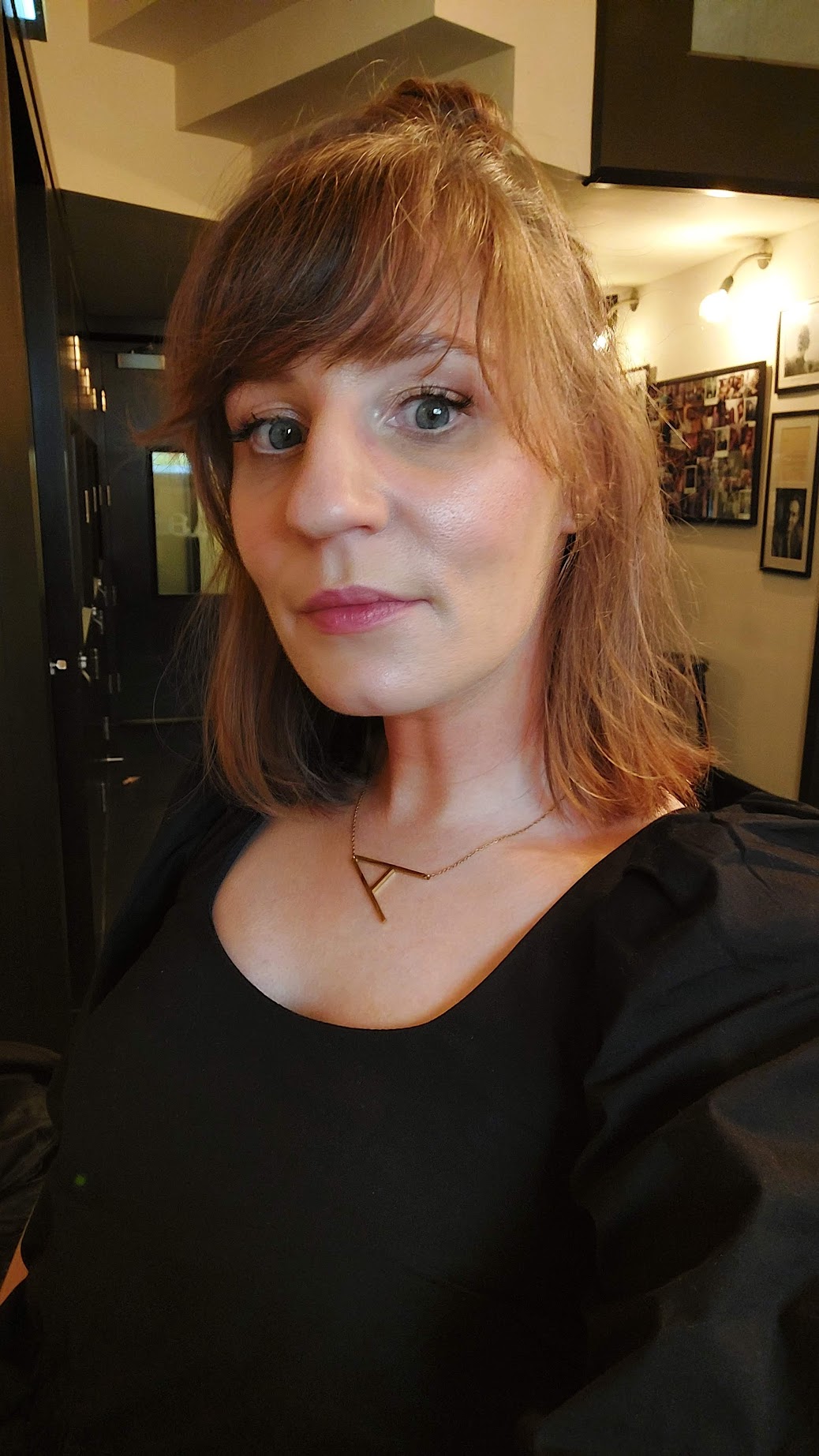This article was first published in The Tuam Herald on 13th April, 2022.
ARE YOU even Irish if you don’t have a healthy enthusiasm for the weather? We here in the West are experts in the art of small-talking about the many elements that befall us on any given day, with enough descriptive words for our various distinctive types of to have our own section in the thesaurus.
Báisteach, a series that began last Wednesday on TG4 will therefore be of great interest to anyone with even the slightest curiosity about the precipitation that pays no small part in designating our little chunk of land the Emerald Isle, and also to those who enjoy a good nature documentary that covers a lot of ground, literally and figuratively.
Series host Seán Mac an tSíthigh begins his investigation into the world’s life source in the Marble Arch Caves of Fermanagh. He meets Cormac Ó hÁdhmaill, a scientist (and quite the bon vivant), who demonstrates the long-lasting effects of rain using the stalagmites and stalactites of the caves.
The Irish word for stalactites, Ó hÁdhmaill explains, is aolchuisne, which translates to limestone-vapour, and the stalagmite, which comes up from the ground as opposed to down from the ceiling, translates to limestone-candle. They have been growing for millennia and still won’t touch for another 100,000 years or so.
Even in this damp country of ours it’s hard to believe that it took 3 million years of constant rain to form all the oceans, rivers and reservoirs of planet Earth. But there are areas of the world that suffer drought, which has a huge impact on the lives of the people who live in the countries who live in the dry climates.
Paleoclimatology professor Tan of China discovered ancient inscriptions while investigating the effects of rain in caves similar to the Marble Arch, that documented the fall of the Ming dynasty, largely thanks to a terrible drought that befell the country in the 15th century.
Innovative scientists in the United Arab Emirates have begun to tinker with the clouds in an effort to squeeze rain out of them that would otherwise fall in too-fine droplets that would dissipate into the atmosphere, using a technique called cloud seeding.
Basically, they keep a 24/7 eye on the weather patterns forming and when the conditions are right they send pilots on standby up into the clouds to distribute dry-ice into them. It’s an amazing innovation, providing hope for the uncertain future of climate change we are facing.
Among other interesting facts gleaned from this well-researched and produced documentary were the role amateur meteorologists have in providing vital information to Met Eireann with their daily rain-fall recordings throughout the country, the long-lasting and continuing effects of acid rain and the efforts scientists are making to harness information to combat climate catastrophe.
Ó hÁdhmaill, in Fermanagh, mentioned that the old Gaels would never pass the mouth of a cave dappled in water, for fear it was an entrance to the Underworld, and next week’s episode investigates other cultures’ relationship with the rain. It’s sure to be another fascinating watch.
—
Speaking of cultures’ relationship with the natural world, Manchán Mangan took himself off to the bog in An Fód Deireanach, which aired on TG4 last Thursday. As someone who grew up in a town and who has visited a bog only once in my sheltered little life I was intrigued to see and hear about the passionate grá for it built up by generations of cutting, turning and footing, and the arguments for and against continuing to work it.
Mangan made for a probing and inquisitive interviewer, speaking to representatives from Bord na Móna and An Teagasc, as well as farmer Michael Ó’Máille and his grandson Peadar, and public representatives Luke ‘Ming’ Flanagan and Michael Fitzmaurice.
Going through the life-cycle of the bog, which began 10,000 years ago when plants disintegrated to the bottom of thick, swampy lakes, to when people began to farm it for fuel and commerce and now to the contentious issue of banning work on it completely as a result of environmental pressures, An Fód Deirenach proved an un-biased first programme of four in a series focused on this country’s citizen’s complicated relationship with the peatlands.

